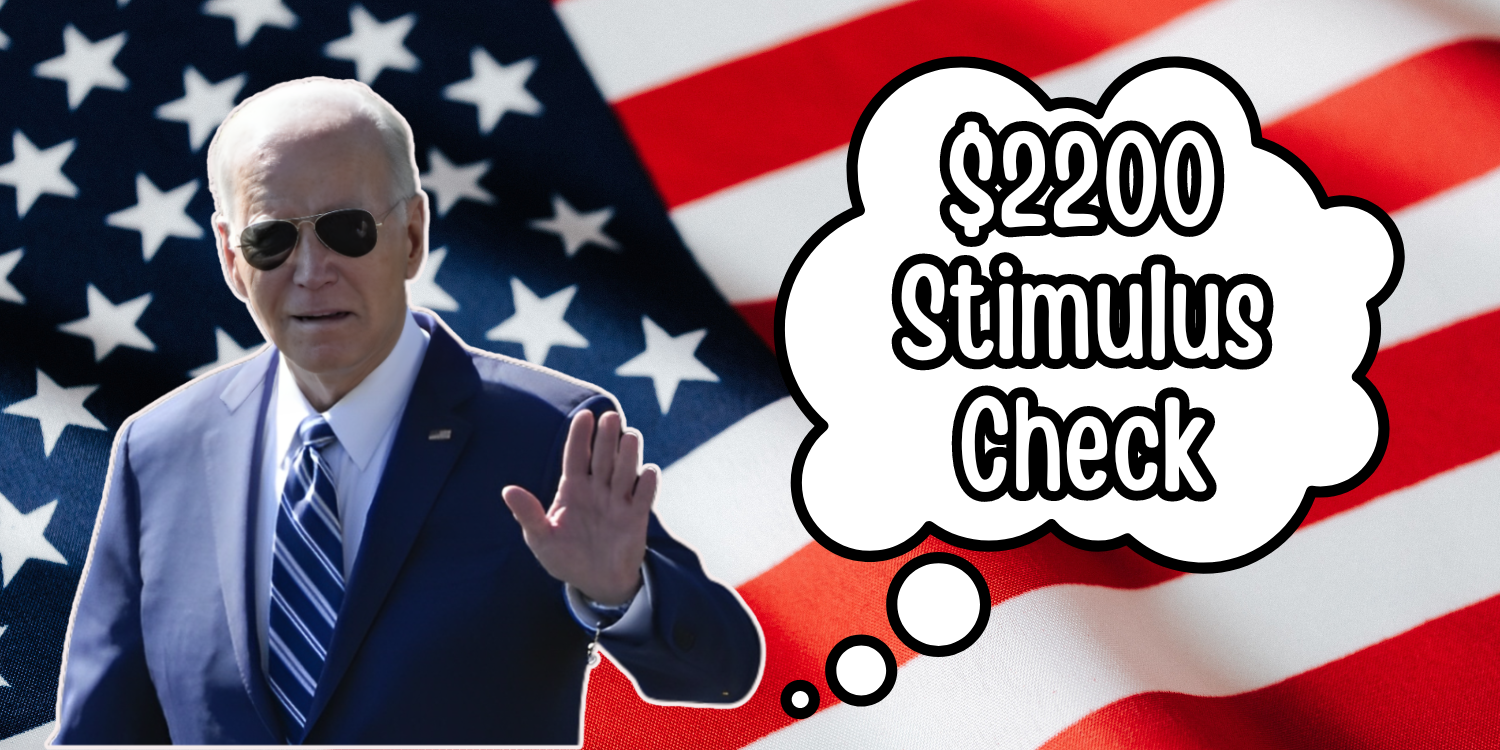The $2200 stimulus check is a financial assistance program aimed at supporting low and moderate-income individuals and families. The program is designed to help mitigate the effects of inflation and rising living costs. With the rising costs of basic necessities, many individuals and families are struggling to make ends meet. The $2200 stimulus check aims to provide a helping hand to those who need it most.
Eligibility Criteria
To be eligible for the $2200 stimulus check, you must meet certain criteria. These criteria include being a U.S. citizen or permanent resident, having a Social Security Number (SSN), and having filed your tax return for the current year. Additionally, you must meet the income requirements, which are based on your adjusted gross income (AGI). For single filers, the AGI limit is $75,000, while for heads of household, it is $112,500. For married individuals filing jointly, the AGI limit is $150,000.
Income Requirements
The income requirements for the $2200 stimulus check are as follows:
- Single Filers: Adjusted gross income (AGI) up to $75,000
- Heads of Household: AGI up to $112,500
- Married Individuals Filing Jointly: AGI up to $150,000
These income limits are in place to ensure that the stimulus check is targeted towards those who need it most.
How to Receive Payment
To receive the $2200 stimulus check, you must take a few steps. First, you must file your tax return for the current year. This will ensure that you are eligible for the stimulus check. Next, you must verify your eligibility based on income and other criteria. Finally, you must monitor IRS updates regarding payment distribution. The IRS will provide information on when and how the stimulus checks will be distributed.
Here is a step-by-step guide on how to apply for the $2200 stimulus check:
Step 1: Check Eligibility
- Review the eligibility criteria to ensure you qualify for the stimulus check
- Verify your income level and family size to determine if you meet the requirements
Step 2: Gather Required Documents
- Social Security Number (SSN) or Individual Taxpayer Identification Number (ITIN)
- Proof of income (tax returns, pay stubs, etc.)
- Proof of family size (birth certificates, adoption papers, etc.)
Step 3: File Tax Return
- File your tax return for the current year (if you haven’t already)
- Ensure you include all required documentation and information
Step 4: Verify Eligibility
- Check the IRS website or contact the IRS directly to verify your eligibility
- Confirm your income level and family size meet the requirements
Step 5: Monitor IRS Updates
- Check the IRS website regularly for updates on payment distribution
- Sign up for email or text notifications to stay informed
Step 6: Receive Payment
- Once your eligibility is verified and payment is distributed, you will receive your stimulus check
- Payments will be made via direct deposit or mail, depending on your tax return information
Purpose
The $2200 stimulus check is designed to provide essential financial assistance to lower-income individuals and families. The program aims to help mitigate the effects of inflation and rising living costs, ensuring that those who need it most receive the support they require. With the rising costs of basic necessities, many individuals and families are struggling to make ends meet. The $2200 stimulus check aims to provide a helping hand to those who need it most.
Additional Resources
If you have questions or concerns about the $2200 stimulus check, you can contact the IRS or visit their website for more information. Additionally, you may want to reach out to your local social services department or non-profit organizations that provide financial assistance. These organizations may be able to provide additional support and guidance.
FAQs
Who is eligible for the $2200 stimulus check?
How do I receive the payment?
What is the purpose of the $2200 stimulus check?
In conclusion, the $2200 stimulus check is a vital financial assistance program for low and moderate-income individuals and families. By understanding the eligibility criteria and how to receive payment, those who need it most can access this essential support. This program aims to help mitigate the effects of inflation and rising living costs, ensuring that individuals and families can afford basic necessities.

